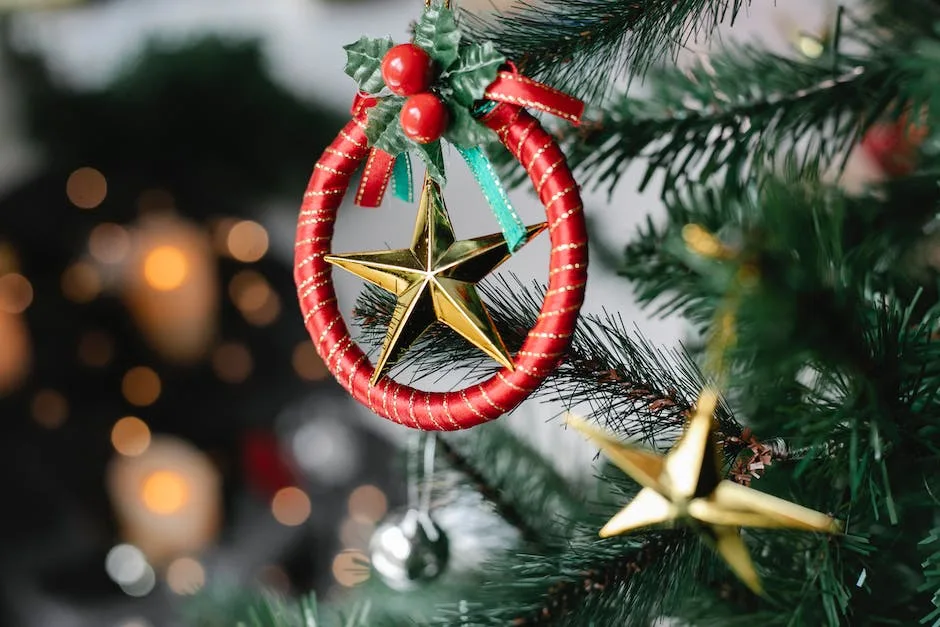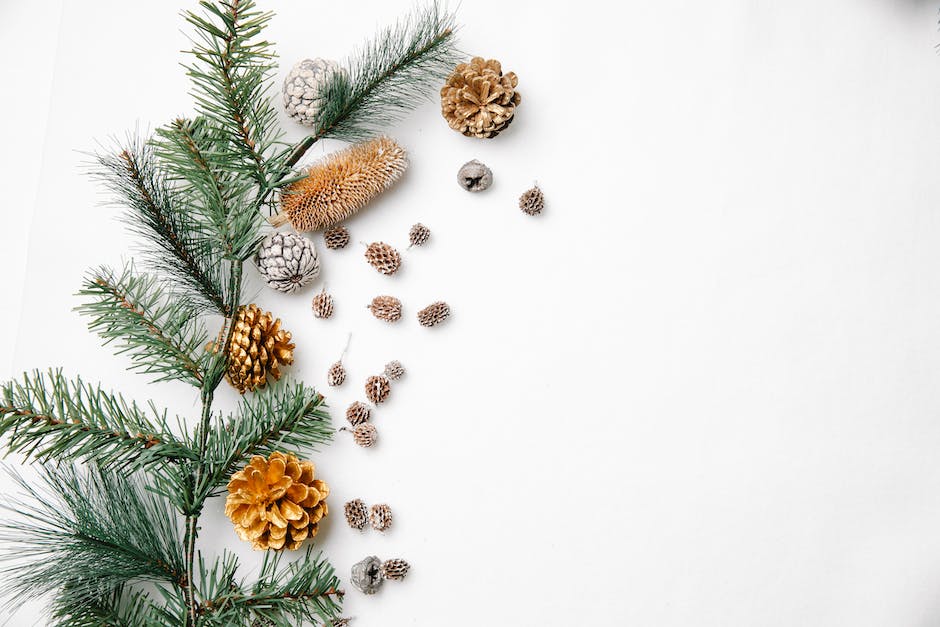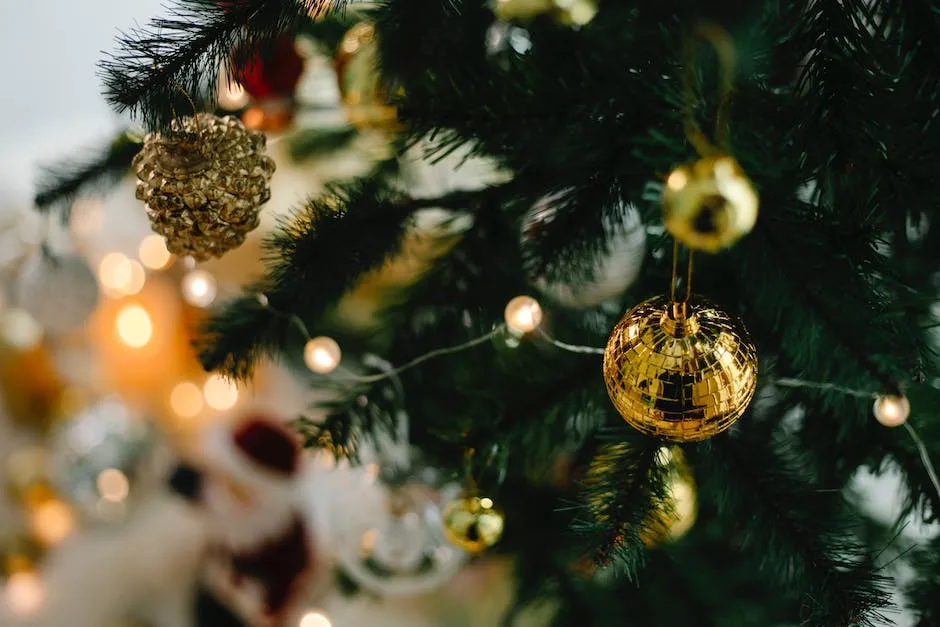A pine tree is an evergreen tree that can grow to be over 100 feet tall. pine trees are known for their needle-like leaves and their itchy sap. pine trees are found all over the world incold climates. you might think that a pine tree would be much too big to keep indoors, but there are actually many dwarf varieties of pine trees that are perfect for indoor living!
So, Can a Pine Tree Live Indoors?
The answer is yes, as long as you choose the right type of pine tree and provide it with the proper care. Dwarf pine trees are the best option for indoor living, and they can thrive indoors if they are given the right amount of light and water. With proper care, your indoor pine tree can live for many years!
The short answer is no, a pine tree cannot live indoors. Pine trees are a type of evergreen tree that need specific conditions to grow, including sunlight, fresh air, and moist soil. When grown indoors, pine trees are susceptible to a variety of problems, such as yellowing needles, stunted growth, and mortality.
How do you keep an indoor pine tree alive?
Paying attention to humidity is very important in the winter when the indoor humidity normally falls significantly. Keeping the humidity high around the tree will help it thrive. This can be done by either using a pebble tray with water, using a humidifier in the room, or through a weekly misting of the tree.
Pine trees are known to be one of the best trees for improving indoor air quality. They are also easy to care for and make great additions to your indoor garden. In this post, we will provide you with a care guide for your pine tree companion. With our help, your pine tree will thrive all year round!
Can potted pine trees survive indoors
Winter is a tough time for trees, especially potted ones. Bring your potted tree indoors if it’s not already, and keep it away from drafts. Place it in a room with high humidity (difficult to do in a dry home during the winter) and full, bright sunlight. Water only when the surface of the soil is dry to the touch.
Real Christmas trees are a popular choice for many people during the holiday season. With proper care, most real Christmas trees should last at least five weeks or more. That means, if you decorate for Christmas in late November, your tree should easily survive beyond the holiday festivities.
To help your Christmas tree last as long as possible, be sure to water it regularly and keep it away from heat sources. If you notice your tree starting to droop or shed needles, it may be time to replace it.
Can pine trees grow without sunlight?
Pinus species found in abundance in the City of Atlanta and surrounding areas include Pinus taeda (loblolly pine), Pinus rigida (pitch pine), and Pinus strobus (white pine). While these species are not particularly drought tolerant, they will need full sun and well-irrigated soil to thrive and reach their full potential.
Pine trees are very susceptible to changes in their environment, and one of the most common problems they face is browning. Browning is often caused by an inability of the pine tree to uptake enough water to keep its needles alive. When moisture is overly abundant and drainage is poor, root rot is often the culprit. As roots die, you may notice your pine tree dying from the inside out. If you think your pine tree may be suffering from browning, it’s important to have it checked out by a professional as soon as possible.
Do pine trees purify the air?
Pine trees are known to be helpful in purifying the air around us and their scent can be helpful in reducing inflammation for people with asthma or allergies.
Plants play an important role in our lives and our homes. They can provide us with fresh air, purify our indoor air, improve our moods, and boost our mental and physical health. But not all plants are created equal when it comes to their benefits. Some plants are better suited for indoors, while others do better outdoors. To get the most out of our plants, it’s important to know which plants are best for our homes.
The Peepal tree and the Banyan tree are examples of plants that should not be placed inside the boundaries of a home. These trees are traditionally known to be sacred and are often found near places of worship, like temples. Placing these trees inside your home could bring negative energy into your space.
If you’re looking for plants to improve your indoor air quality, some of the best choices include the Peace Lily, the Snake Plant, and the Weeping Fig. These plants can help to remove harmful toxins from the air and improve the quality of your indoor air.
When it comes to boosting your mood, there are a few plants that are known to be particularly effective. One of the best plants for improving your mood is the Aloe Vera plant. This plant is known
Is pine tree toxic
Pine needles can be dangerous to dogs if they ingest them. The needles can puncture or irritate the lining of the stomach, and the oils can irritate the mucous membranes. The needles may not kill your pet, but they can make him very uncomfortable and ill.
We should water our pine trees more often in the wintertime and during hot, windy summer days. By doing so, we can help maintain the health of these important trees.
What are the disadvantages of pine trees?
There are several disadvantages to pine trees. First, pine trees drop needles, which can be a nuisance. Second, pine trees release a sticky sap, which can be messy. Finally, pine trees require an acidic soil pH in order to thrive.
The key to success with this tree is to make sure it is established in a good location. Once it is, it will need almost no care at all. Make sure the tree will have plenty of sunlight as it grows. It also needs moist, rich soil that drains freely. If you aren’t sure about the drainage, dig a hole about a foot (31 cm) deep and fill it with water. If it drains within a couple of hours, you’re good to go.
Are pine trees high maintenance
Pine trees are definitely a popular choice when it comes to trees, but unfortunately, they’re not without their problems. While they’re not a high-maintenance tree, there are some issues you should be aware of. Whether you already have pine trees or you’re thinking about adding some, it always helps to be informed on what you might expect.
Norfolk Island pines are among the best trees to grow indoors year-round, as they are relatively tolerant of the colder temperatures that are often found indoors. Japanese spruce bonsai are also a good option for indoor growth, as they are slow-growing and have a more compact form.
What trees can live without sunlight?
There are a variety of trees that can tolerate low light conditions indoors, making them ideal for spaces that may not receive a lot of natural light. Here are 10 of the best options:
Weeping Fig – With its long, trailing branches, the weeping fig is a popular choice for indoor spaces. It does best in bright, indirect light but can also tolerate low light conditions.
Rubber Plant – The rubber plant is a sturdy option that can tolerate both low light and higher-light conditions. It’s an easy-to-care-for plant that is also known for its ability to purify the air.
Fiddle-leaf Fig – The fiddle-leaf fig is a striking plant with large, ornate leaves. It prefers bright, indirect light but can also tolerate low light conditions.
Parlor Palm – The parlor palm is a small, compact palm that is well-suited for indoor spaces. It prefers bright, indirect light but can also tolerate low to moderate light levels.
Lady Palm – The lady palm is similar to the parlor palm in size and shape, but has slightly more delicate leaves. It prefers bright, indirect light but can tolerate low to moderate light levels.
Norfolk Island
Water your Norfolk Island Pine every 1-2 weeks, allowing the soil to dry out between waterings. A tropical plant, the Norfolk Island Pine’s potting mix can be kept semi-moist, but not wet, which will lead to root rot. Expect to water more often when your Norfolk is in brighter light and less often in lower light.
What kills pine trees
Pine wilt disease is a devastating disease that rapidly kills pine trees. The disease is caused by tiny worms called pinewood nematodes and beetles called sawyers that work together to infect the tree. Once a tree is infected, it quickly discolors and dies. This disease has caused extensive damage to forests around the world, and is a major threat to the global pine industry.
I’m sorry to say that your trees are most likely dead. Regardless of beetle attack, a pine cannot survive being brown from July/August until November. Even if no beetles attacked the trees, they simply cannot survive that long without any green foliage. I hope you can replace them with healthy trees soon.
How much water does an indoor pine tree need
When watering your indoor baby pine tree, be sure to water at a depth of an inch or two. The soil should always be moist to the touch and never dry. By following these watering tips, you will ensure that your indoor baby pine tree thrives!
Pine trees are essential to the ecosystem of many areas – their roots help hold the soil in place and the layer of pine needles on the Forest floor helps soften the impact of the rains. The pine trees also act as protection against strong winds, preventing soil erosion, devastating landslides, and other weather-related accidents that the area is prone to.
Final Words
Pine trees cannot live indoors because they need full sun and fresh air to grow.
Pine trees are traditionally an outdoor plant, but with the right care, it is possible to grow them indoors. They need a lot of sunlight and space to grow, so a south-facing window is the best location. Pine trees also need to be watered regularly, so be sure to check the soil before watering. With the right care, a pine tree can thrive indoors.
I’ve always been drawn to trees.
As a kid, I spent most of my free time outside, climbing, exploring, and trying to figure out the names of the trees around me.
That early curiosity eventually led me to study arboriculture and horticulture at Michigan State.
Later, I completed a degree in forestry at the University of Michigan.
I’ve been working in tree care and education ever since.
These days, I enjoy helping people learn more about the trees in their own backyards.
How they grow, how to care for them, and why they matter.
You don’t need to be an expert to appreciate trees.
A little curiosity goes a long way.
